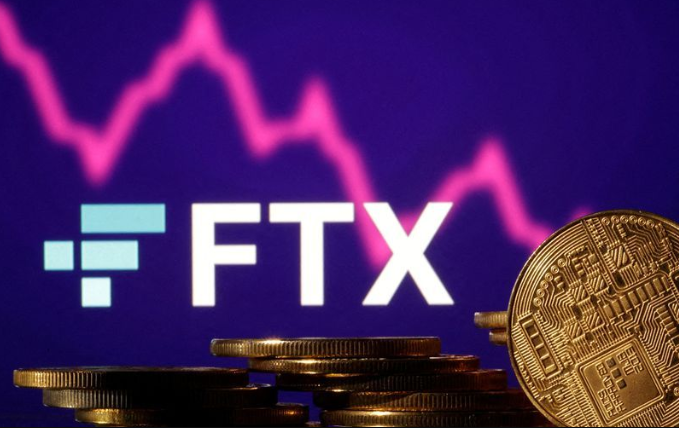John Ray’s findings expose severe financial mismanagement at the collapsed crypto exchange
FTX’s newly appointed CEO, John Ray, revealed disturbing details about the extent of financial mismanagement and systemic failures that led to the crypto exchange’s downfall. His first findings, presented on November 17, outlined improper fund transfers and poor accounting practices, labelling the situation a “complete failure” of internal controls.
Ray, who took over as CEO after FTX filed for bankruptcy on November 11, stated in a court filing that the issues he uncovered were unprecedented in his 40 years of bankruptcy experience, surpassing even the infamous collapse of Enron. “Never in my career have I seen such a complete failure of corporate controls and such a complete absence of trustworthy financial information as occurred here,” he said.
The collapse of FTX occurred after founder Sam Bankman-Fried used US$10 billion of client funds to cover losses at his hedge fund, Alameda Research. This left FTX without the necessary liquidity to cover customer withdrawals when a fall in the value of its native token, FTT, triggered a bank run.
Ray’s court filing does not fully explain the demise of FTX but highlights significant failures that contributed to its collapse. It reveals that Alameda had lent US$2.3 billion to FTX, while Bankman-Fried and two other top executives, Nishad Singh and Ryan Salame, had collectively borrowed US$1.6 billion from the company. Further “related party” transactions are mentioned, but the details remain unclear.
FTX funds were also misused to purchase homes and other personal items for employees and advisors. Some transactions were not recorded as loans, and properties were registered under the names of employees, according to Ray. The filing also noted the absence of proper oversight, with payment requests being submitted via an online chat platform, approved with personalised emojis by supervisors.
Bankman-Fried is reported to have communicated using apps set to auto-delete messages, encouraging employees to do the same. Additionally, most financial statements reviewed by Ray were not audited, and he expressed concerns over the credibility of audited statements, particularly those relying on the Prager Metis accounting firm, which operated in the metaverse.
Ray also pointed out Bankman-Fried’s “erratic and misleading” public statements, referencing a Twitter exchange where he appeared to contradict himself. Bankman-Fried later claimed that his controversial remarks were made in private and that he was “venting.”
FTX’s collapse has affected millions, with 1 million users in the U.S. alone. It remains uncertain how many will recover their funds through the ongoing bankruptcy process.
Temasek Holdings, a state-backed Singapore investor, also distanced itself from Bankman-Fried, admitting that its faith in his leadership was misplaced, as it announced it would write down its US$275 million stake in FTX. Other major investors, including Softbank’s Vision Fund and Sequoia Capital, have similarly written off their investments.
The global financial fallout continues, with crypto lender Genesis Global Capital halting customer redemptions and regulators worldwide scrambling to address the consequences of FTX’s failure. In Singapore, Finance Minister Lawrence Wong said the collapse raised “very serious allegations that amount to potential fraud,” while other countries like Indonesia and Brazil have taken measures to limit the impact of the crisis on their own markets.








